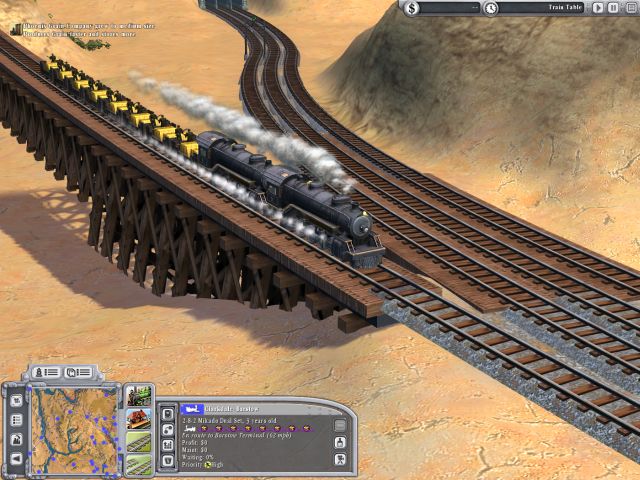
I can fire up RR2 today, and I regularly do play it on occasion. RRT1 had a host of problems related to freight that RRT3 pretty much solved.įor whatever reason, though, most players found RRT3 too dry compared to RRT2, and it was never as successful. The supply / demand pricing and slow movement by abstract alternate transport (wagons or trucks, presumably) opened up things like transshipment, and made low-volume suppliers like farms viable, where they were usually not worth the cost of a depot in RRT1.

RRT3 has a much more complex and interesting economic model. RRT2 removed a few things I liked, like signal towers, but made few other changes. In both games, the optimal strategy was to build a single, long main line, and run passengers as far along that line as you could manage.

That was its greatest failing, since the passenger revenue in RRT1 was broken.

Cities did flourish based on traffic, and the economic model was nearly identical. Honestly, RRT2 was awfully close to RRT1 in most respects.


 0 kommentar(er)
0 kommentar(er)
